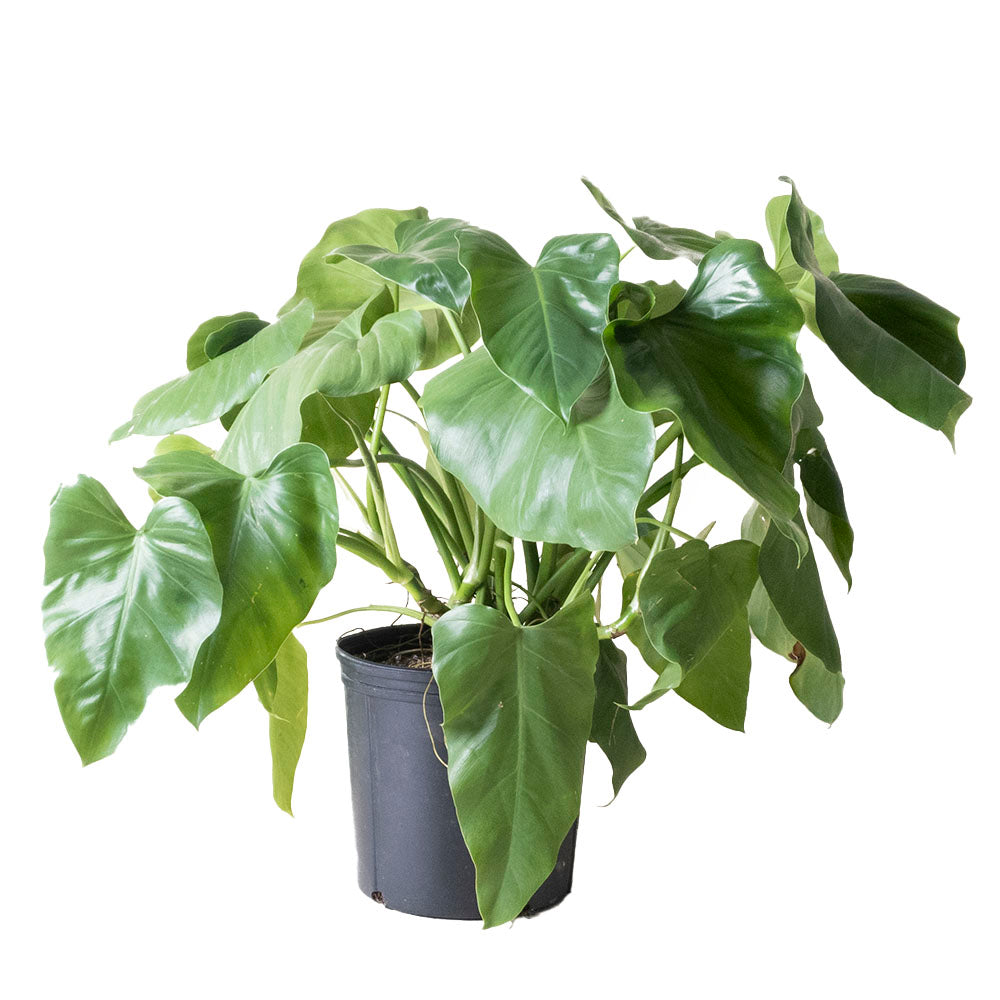
Overview
The philodendron is the second largest member of the aracae family with nearly 500 species – that’s one helluva family tree – and they’re classified into two types: vines and non-climbers. Originating from the Caribbean, Colombia and Venezuela, the Philodendron is a real globe trotter since they’ve also made their way to Asia. Like its cousin, the Pothos, Philodendrons are easy houseplants with a reputation for their air-cleaning capabilities and quick growth. Large, green and glossy, Philodendron give off a real jungle-y vibe that you can easily bring into your home or office … without the rest of the jungle. Like we said above, some varieties are climbers while others are not, but the latter tries just as hard and appreciate your words of encouragement.
Philodendron Types
Philodendron Xanadu
Philodendron Burle Marx
Philodendron Rojo Congo
Philodendron Green, Heartleaf
Philodendron Lemon Lime
Philodendron Birkin
Philodendron Moonlight
Philodendron Prince of Orange
Philodendron McColleys Finale



















